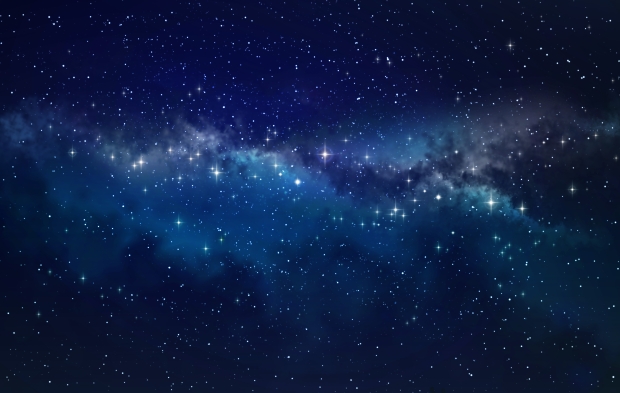A new paper published on November 30 in the journal Science details the discovery of a planet that is more than 13 times as massive as Earth.
What is interesting about this planet's discovery is that it shouldn't exist, or at least according to the researchers from Penn State University that discovered it, as this massive planet is orbiting an "ultracool" star called LHS 3154, which is only one-ninth the size of our Sun. The mass ratio between the newly discovered massive planet and the star LHS 3154 is more than 100 times the mass ratio between Earth and the Sun.
The press release posted on the Penn State website states that the discovery of this planet orbiting the coolest and smallest star in the universe goes against current theories that would predict planet formation around small stars. Notably, this discovery marks the first time a planet with such a high mass has been discovered orbiting such a low-mass star.
"The planet-forming disk around the low-mass star LHS 3154 is not expected to have enough solid mass to make this planet," Mahadevan said. "But it's out there, so now we need to reexamine our understanding of how planets and stars form."
So, what could be the answer as to how the planet formed next to such a low-mass star? It's possible the planet is a rogue planet, which is a planet that isn't gravitationally bound to any local star and is wandering the universe. It's possible this planet was once a rogue planet and then got caught up in LHS 3154's gravitational pull, only to be later discovered by astronomers.
"An object like the one we discovered is likely extremely rare, so detecting it has been really exciting," Megan Delamer, a Penn astronomy grad student who also co-authored the paper said in the school press release. "Our current theories of planet formation have trouble accounting for what we're seeing."
"This discovery really drives home the point of just how little we know about the universe," said Suvrath Mahadevan, the Verne M. Willaman Professor of Astronomy and Astrophysics at Penn State and co-author on the paper. "We wouldn't expect a planet this heavy around such a low-mass star to exist."



